A portrait is a representation of a particular person and a self-portrait is a portrait of the artist by the artist.
A portrait is also a painting, photograph, or sculpture of a person, in which the face and its expressions are predominant. The intent is to display the likeness, personality, and even the mood of the person.
A Brief History
Portraiture is a very old art form going back at least to ancient Egypt, where it flourished from about 5,000 years ago. Before the invention of photography, a painted, sculpted, or drawn portrait was the only way to record the appearance of someone.
But portraits have always been more than just a record. They have been used to show the power, importance, virtue, beauty, wealth, taste, learning or other qualities of the sitter. Portraits have almost always been flattering, and painters who refused to flatter, such as William Hogarth, tended to find their work rejected. A notable exception was Francisco Goya in his apparently bluntly truthful portraits of the Spanish royal family.[1]
Fine Art
A good portrait drawing is not just a visual representation of a person; it will also reveal something about the essence of the person. What the portrait reveals may not be completely obvious - sometimes it can be cleverly implied through a certain expression or pose, an included object, or the artist's use of color.
Types
Portrait - is a representation of a particular person.
Self-portrait - is a portrait of the artist by the artist.
References
1. Tate Museum. “Art Term - Portrait.” tate.org.uk,. 2008, Portrait.
Back to Top ↑
